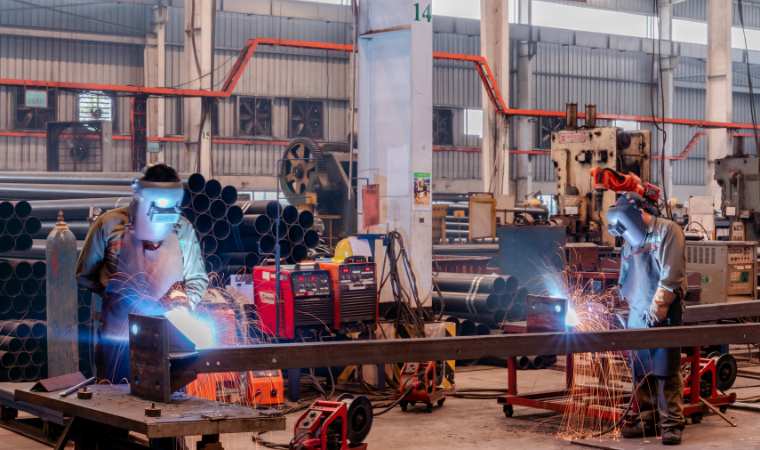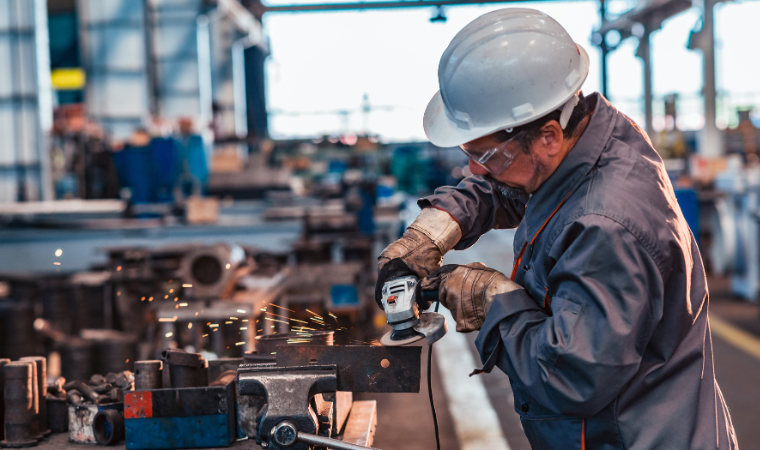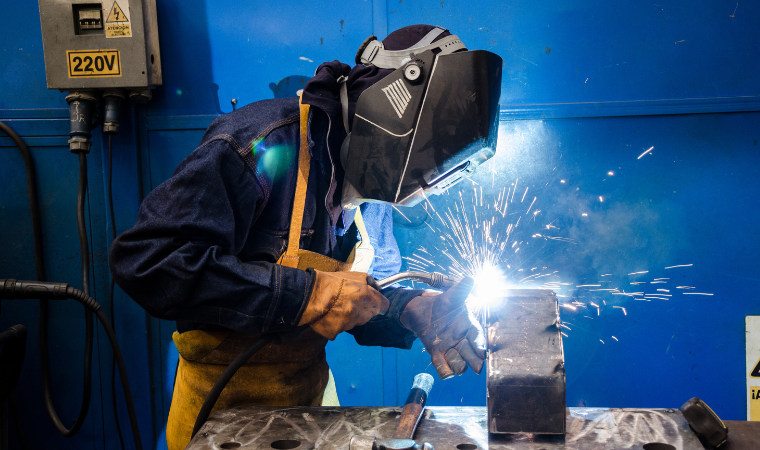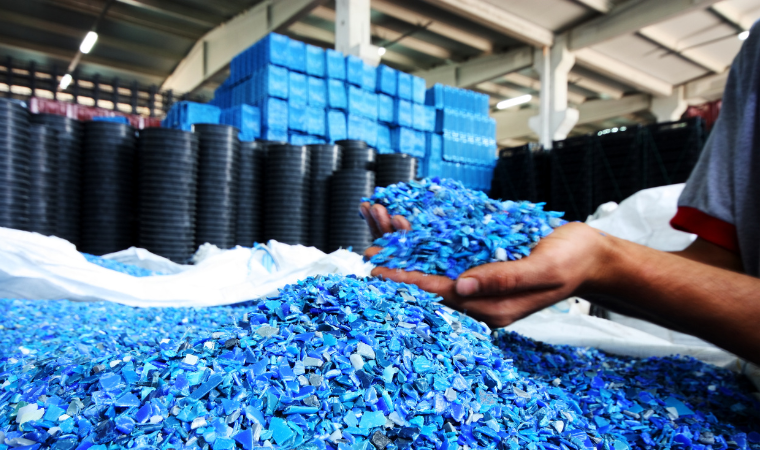The global light engineering (LE) sector, often working quietly in the background, powers much of modern manufacturing, infrastructure, and innovation. Encompassing the production of tools, dies, automotive parts, machinery components, precision instruments, and lighting solutions, this sector plays a crucial role in supporting high-value industries across the globe.
As of 2023, the global LE market is estimated to be worth over $9 trillion, with strong contributions from advanced economies like Germany, the United States, South Korea, China, and Japan. These countries have built resilient and competitive industries through innovation, policy foresight, and institutional collaboration. They offer valuable lessons for developing economies like Bangladesh, which is on the cusp of transforming its LE landscape.
Lean Manufacturing and Six Sigma: Streamlining for Competitiveness
One of the cornerstones of global light engineering competitiveness lies in efficient manufacturing practices. In Germany, firms like Siemens have embedded Six Sigma methodologies into their production processes, leading to higher product consistency and fewer defects. In the United States, companies such as MicroMetl - the leading manufacturer of HVAC equipment and accessories - have embraced Lean cellular manufacturing, resulting in a 21% reduction in indirect labor costs and greater flexibility in handling market demands.
These process improvements aren’t just about cost-cutting—they build reputations for reliability, enable faster turnaround times, and elevate product quality to meet stringent international standards. These methodologies can be game-changers for Bangladesh, where inefficiencies and resource wastage remain common in small and medium-sized LE firms.
By rolling out pilot programs and partnerships with institutions like the Bangladesh Industrial Technical Assistance Centre (BITAC), the country could introduce Lean principles on a manageable scale, targeting high-waste areas such as setup times and raw material utilization.
Quality Standards: Building Trust through Certification
Global buyers demand competitive pricing and compliance with recognized quality standards. In the automotive sector, for instance, Indian manufacturers that achieved IATF 16949 certification, an international standard for automotive quality management systems, saw increased integration into global supply chains. Similarly, the globally recognized quality management standard ISO 9001 certification has become a baseline requirement for engineering exporters in the European Union and North America.
For Bangladeshi firms, these certifications are often seen as inaccessible due to cost, lack of awareness, or procedural complexity. But without them, international trust and market access remain out of reach. The government and trade bodies could help bridge this gap by offering financial incentives, simplified audit procedures, and technical assistance. Establishing dedicated certification support desks at industrial clusters would make these goals more achievable, especially for SMEs.
Machinery Access and Shared Facilities: Facilitating Use of Technology
Modern machinery is the heartbeat of competitive engineering industries. In Japan, shared-use technology centers offer small firms access to state-of-the-art machines they could never afford individually. Vietnam has developed industrial parks and high-tech zones, such as Saigon Hi-Tech Park, that support clusters of firms with shared infrastructure, technology transfer services, and access to advanced machinery, helping SMEs scale without high upfront capital investments.
In Bangladesh, most firms continue to rely on outdated, often manual, equipment, leading to production delays, inconsistent outputs, and high energy consumption. Creating shared machinery hubs within industrial zones like those in Tongibari, Jinjira, or Narayanganj could allow firms to access better tools without massive capital expenditure. Moreover, leasing programs supported by public banks or IDCOL could provide firms with easier entry into modernization.
IDCOL offers concessional financing for energy-efficient equipment, enabling firms to upgrade machinery without significant upfront costs. Similarly, IFIC Bank provides lease finance for acquiring manufacturing and service equipment across major industrial sectors, enhancing financial flexibility for businesses. These programs reduce capital barriers, improve energy efficiency, and align with global sustainability standards, making Bangladesh an attractive destination for international investors seeking cost-effective and environmentally responsible manufacturing opportunities.
Policy and Infrastructure: Creating a Conducive Environment
Global best practices are deeply rooted in supportive policy frameworks. In the U.S., programs like the Small Business Innovation Research (SBIR) fund early-stage engineering innovation through federal grants. Germany’s Fraunhofer Institutes act as intermediaries between academia and industry, facilitating technology transfer to SMEs. India’s Production-Linked Incentive (PLI) schemes offer tax rebates to engineering product exporters, encouraging scale and competitiveness.
Bangladesh, to its credit, has started moving in this direction. The Light Engineering Industry Development Policy 2022 lays out goals such as tax holidays and local procurement mandates. However, implementation remains slow. A stronger push is needed to establish fully serviced industrial parks for LE enterprises, complete with waste management systems, logistics hubs, and training centers. Tying fiscal incentives—such as VAT exemptions on imported components or subsidized R&D loans—to performance targets can also foster accountability and results.
Bangladesh: A Sector at a Crossroads
The light engineering sector in Bangladesh has shown promise but remains underdeveloped. Despite contributing an estimated 3% to the GDP and fulfilling nearly half of domestic demand, exports from the sector account for less than 1% of global trade. Much of the industry operates informally, relying on low-skill labor and outdated equipment. LE clusters in Dholaikhal, Jinjira, Bogura, and Gazipur are rich in entrepreneurial spirit but short on technical and financial support.
Key challenges include:
- Reliance on obsolete technology and manual labor leads to high material wastage.
- Predominance of informal SMEs, with limited access to financing and certification.
- Significant skill shortages, with little incentive to train due to local-market focus.
- Uncompetitive pricing due to a lack of scale, automation, and modern design standards.
- Policy lag, with initiatives like the 2022 LE policy yet to see full execution.
Looking Ahead
There is no silver bullet for transforming Bangladesh’s light engineering industry—but there is a clear roadmap. The successes of Germany, the U.S., Japan, and India offer a diverse toolkit of strategies rooted in process efficiency, quality control, innovation, and policy coherence. If Bangladesh can begin aligning with these practices—through gradual investment, skills development, and structural reforms—it can position its LE sector not only as a domestic enabler but also as a serious player on the global stage.
Sources:
- Light Engineering, BIDA
https://bida.gov.bd/light-engineering - Siemens - SixSigma.us
https://www.6sigma.us/customer/siemens/ - New Age | Policy sets six-year action plan to develop light engineering sector
https://www.newagebd.net/article/182748/policy-sets-six-year-action-plan-to-develop-light-engineering-sector - Light Engineering Industry of Bangladesh: Light engineering keeps growing, yet below potential
https://www.tbsnews.net/economy/industry/light-engineering-keeps-growing-yet-below-potential-458010











